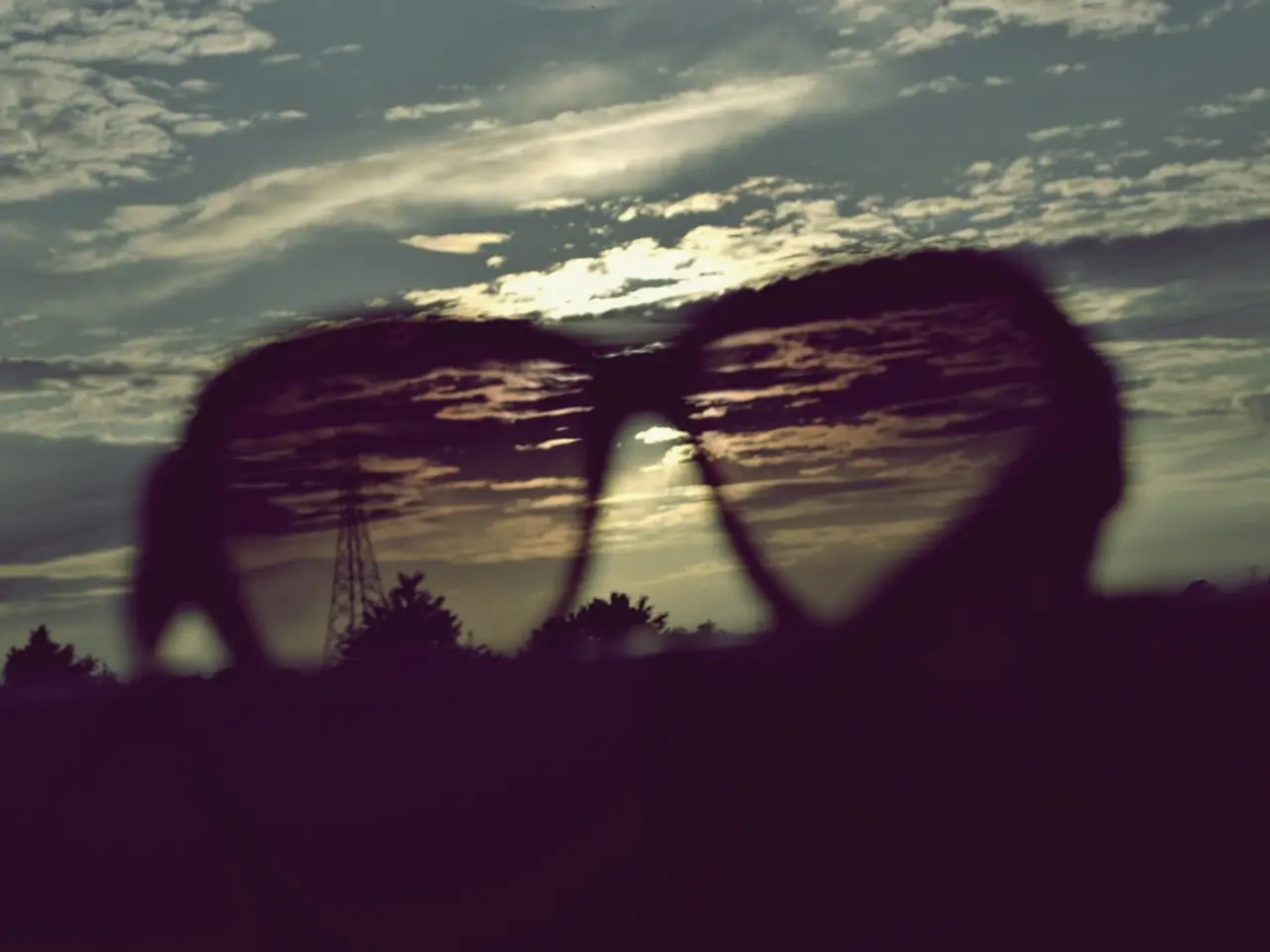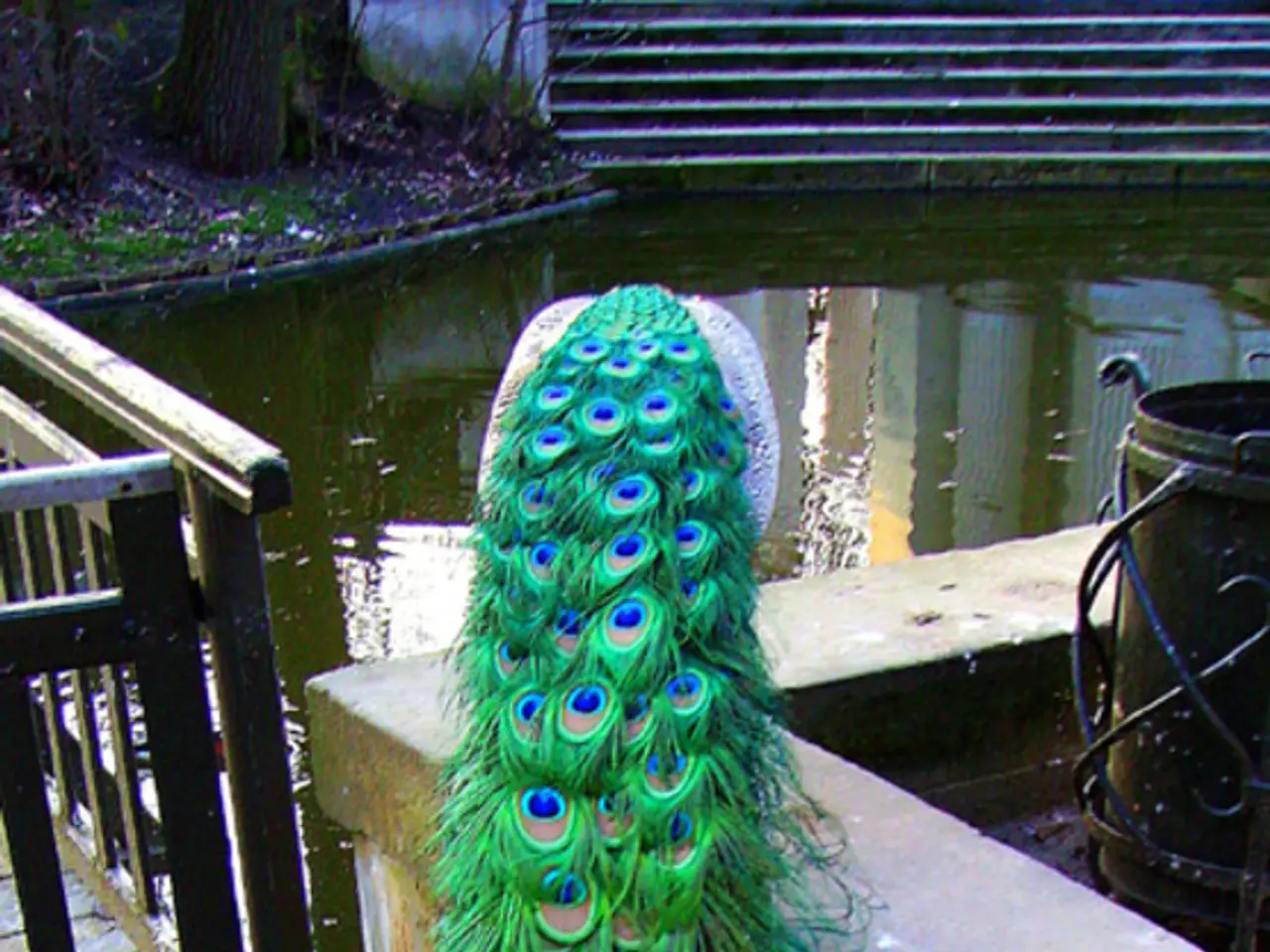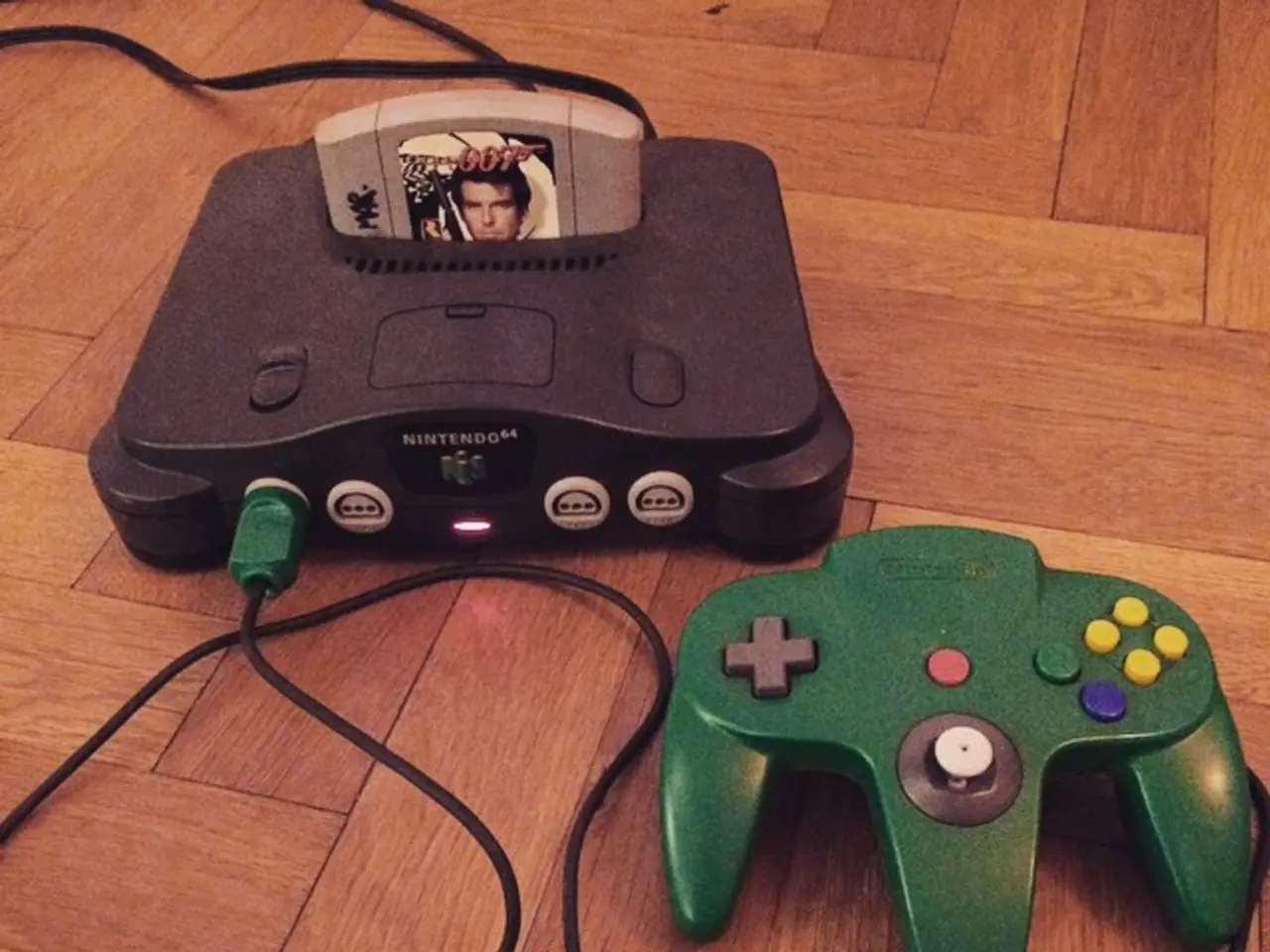Astronomical Resource Hub: Post-Telescope Purchase
### Optimising Your Telescope Experience: A Guide for Beginners and Advanced Users
Achieving better focus and enhancing the longevity of your telescope equipment is within reach, with a wealth of tips and best practices available. Whether you're a beginner or an experienced stargazer, understanding the essentials of telescope usage, maintenance, and accessorising can significantly improve your observing experience.
#### Choosing Accessories: Beginners vs. Advanced Users
For novice astronomers, investing in good-quality eyepieces should be the first priority, as they greatly impact the clarity and field of view. It's essential to avoid relying solely on high magnification, as inexpensive eyepieces often limit image quality[1]. A finder scope or red-dot finder is indispensable for easily aiming the telescope, eliminating guesswork[1].
Additional accessories that can greatly improve the enjoyment and learning of beginners include moon filters to reduce glare, smartphone mounts for simple astrophotography, and star maps or apps to guide observing sessions[1][3]. For a hassle-free setup, consider telescopes like the Celestron StarSense Explorer LT 80AZ, which comes with eyepieces, a red-dot finder, Barlow lens, and smartphone dock out of the box[3].
Advanced users should consider upgrading their eyepieces to specialist models, such as wide-angle, high-contrast, or planetary types, to significantly improve image quality[4]. Adding specialized filters and cameras, like filters for planetary details, narrowband filters for deep-sky, and dedicated astrophotography cameras, is essential for serious observing and imaging[4]. Computerized mounts and guiding systems, such as GoTo mounts or PushTo Dobsonians, offer automated or assisted target finding, benefiting advanced users[2][4].
#### Maintenance Best Practices
Keeping your telescope's optics clean and covered is crucial for maintaining image quality. Use a lens cleaning kit designed for optics, and never wipe lenses dry without proper solution[2]. Always cover the telescope when not in use to protect lenses and mirrors from dust and moisture[2].
Regular collimation is necessary for reflector telescopes to align mirrors for sharp images, while catadioptrics and refractors require less frequent alignment but should be checked periodically[2]. Storing telescopes in a cool, dry place prevents fungus or mold on optics and mechanical wear[2]. Regularly lubricate moving parts if needed and check for loose screws or bolts to ensure smooth operation[2].
#### Usage Tips
Avoid the temptation of chasing magnification, as higher magnification reduces image brightness and sharpness. Instead, choose eyepieces based on focal length and quality, balancing magnification with clear, bright views[1]. It's important to properly cool down telescopes before usage, especially reflectors, to ensure optimal viewing[5].
Beginner-friendly apps can guide star-hopping and object identification, but they should not replace fundamental learning of the night sky[3]. Properly aligning the mount and scope, especially for computerised setups, ensures accurate tracking and better viewing sessions[4].
#### Summary Table
| Aspect | Beginners | Advanced Users | |-------------------------|-------------------------------------|-----------------------------------| | Key Accessories | Quality eyepieces, finder scope, moon filter, smartphone dock | Specialized eyepieces, filters, cameras, autoguiders, GoTo mounts | | Telescope Type | Small refractors or Dobsonians | Advanced reflectors, apochromatic refractors, catadioptrics | | Maintenance | Cover optics, store dry, gentle cleaning | Regular collimation, mechanical upkeep, software calibration | | Usage | Avoid high magnification, use apps, practice alignment | Use guiding systems, plan astrophotography sessions, precise collimation|
By focusing on the right accessories and proper care, both beginner and advanced users can maximise their telescopes' performance and enjoy astronomy more fully[1][2][3][4].
[1] [Celestron StarSense Explorer LT 80AZ](https://www.celestron.com/product/starsense-explorer-lt-80az-telescope/) [2] [Telescope Maintenance Guide](https://www.skyandtelescope.com/astronomy-resources/telescope-maintenance-guide/) [3] [Beginner's Guide to Telescopes](https://www.skyandtelescope.com/astronomy-resources/beginners-guide-to-telescopes/) [4] [Advanced Telescope Accessories](https://www.telescope.com/content/advanced-telescope-accessories) [5] [Cooling Down Your Telescope](https://www.skyandtelescope.com/astronomy-resources/cooling-down-your-telescope/)
- To start with a clear and immersive view, beginner astronomy enthusiasts should focus primarily on purchasing good-quality eyepieces, as they significantly impact the telescope's clarity and field of view.
- For an effortless aim, acquiring a finder scope or red-dot finder is essential as it will eliminate guesswork during the aiming process.
- As additional tools to enhance their observing experience, beginners might consider add-ons such as moon filters to reduce glare, smartphone mounts for simple astrophotography, and star maps or apps to guide their observing sessions.
- To further support a hassle-free setup, telescopes like the Celestron StarSense Explorer LT 80AZ are equipped with essential accessories out of the box, including eyepieces, a red-dot finder, Barlow lens, and smartphone dock.
- Advanced telescope users may want to upgrade their eyepieces to specialized models, like wide-angle, high-contrast, or planetary types, to significantly improve image quality.
- Adding specialized filters and dedicated cameras for astrophotography, as well as auto-guidance systems and computerized mounts, become essential for those seeking serious observing and imaging sessions.
- Keeping the telescope's optics clean and covered is essential for maintaining the telescope's image quality, and a lens cleaning kit designed for optics, and covering the telescope when not in use, can help to prevent dust and moisture damage.
- Regular collimation for reflector telescopes and periodic alignment checks for catadioptrics and refractors are necessary for sharp images, while storing telescopes in cool, dry places helps prevent fungus or mold on optics and mechanical wear.
- To maximize the performance of their telescopes, both beginner and advanced users should take care to avoid high magnification, use apps only as guides, practice alignment, and follow proper maintenance practices, as outlined in the telescope maintenance guide provided.




